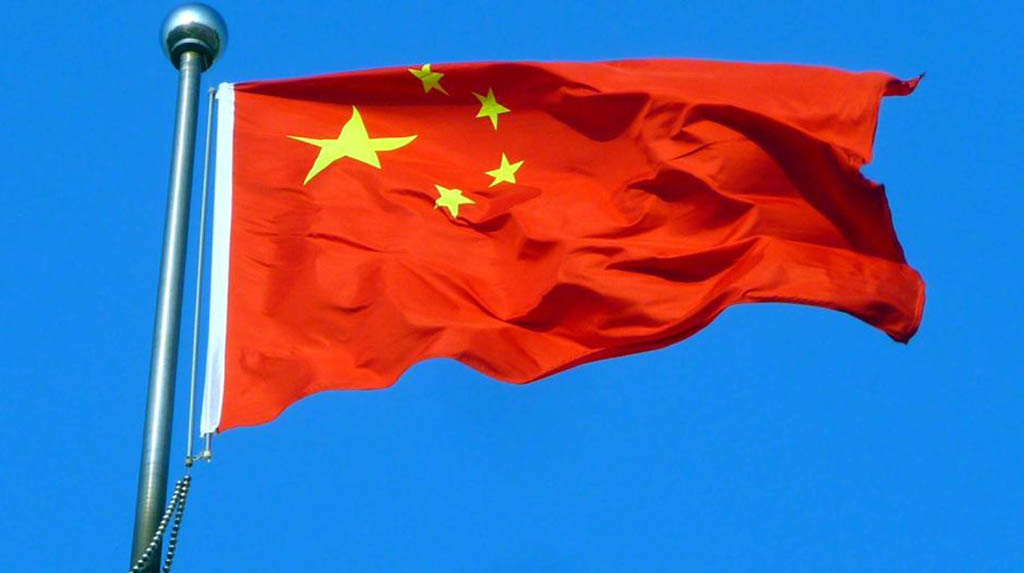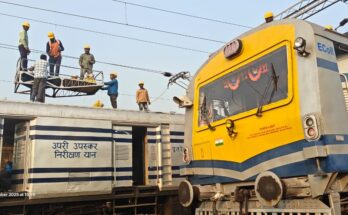New Delhi: Will the Regional Comprehensive Economic Partnership (RCEP) — the mega trade agreement — signed between 15 countries sans India deliver? Or will it wither like many other trade pacts including the South Asian Free Trade Area (Safta) and the once-hyped US-led Trans-Pacific Partnership (TPP)? Experts said that the initial stage of the bloc could be marked with internal conflict. “Only time will tell whether or not the bloc succeeds,” said an analyst.
But even as the jury is out on the future of RCEP, New Delhi’s exit from the trade pact has helped China retain the leadership position in the regional trade process. It has underscored the urgent need for India to aggressively focus on boosting the manufacturing sector to increase competitiveness.
“By exiting the RCEP, we have handed over the leadership position to China. We should have remained within the RCEP framework,” Sanjaya Baru, economist and director for geo-economics and strategy at the International Institute of Strategic Studies told Indianarrative.com
“We should have taken a larger view on this issue, we need to remain engaged with the Asian economy,” Baru said, adding that the future market that will drive growth is in Asia.
An UNCTAD report said that the trade agreement could push revival of post-Covid economy while boosting intra-regional trade and investment links. The report noted that the agreement will provide the much required framework for further regional co-operation.
Will it drive growth for China or is it just a boost for Chinese President Xi Jinping?
Economists opined that India’s exit would mean that Beijing has a more expanded role in the trade pact. This would be a morale booster for China, especially at a time when it has faced flak for its military and territorial aggression and the handling of the coronavirus pandemic.
“Citing concerns over the competitiveness of Chinese products, India has been actively trying to cut economic ties with China, and once declared its intention to stay out of all international economic agreements involving China. However, the signing of the RCEP may have left India with less space to carry on with its plan of decoupling from China,” the Global Times wrote.
China’s economy has been facing challenges. Concerns over the efficacy of Xi’s mega infrastructure project under the Belt and Road Initiative (BRI) have come up in the last few months. “The entire process will now be dominated by China but it is a fact that there are internal conflicts within the bloc and it has to be seen how this (bloc) evolves in the next few years. Beijing will benefit but at the same time we need to remember that South Korea and Vietnam are equally competitive, if not more competitive than China,” EY’s chief economic adviser D.K. Srivastava said. However, he added that China will have the advantage of scale.
The UNCTAD report said that RCEP could also encourage firms to start up new projects within the bloc as they switch away from producing in Chinae”an ongoing trend thanks to rising costs and the trade tensions of the past four years.”
What should be India’s focus
India must focus on boosting manufacturing and create an ecosystem which will help increase competitiveness. “By opting out of the RCEP, we have just openly announced to the world that we are not competitive. Let us get things right and do the needful so that we can enter the pact at a later stage,” an analyst who wished to remain anonymous pointed out.
“Cheap imports, especially from China, is a matter of concern but not engaging with the world on issues relating to international trade is not the solution. We need to find ways to handle such issues including tightening the rule of origin to ensure that other countries do not use our markets as dumping grounds,” he added.
Economists said that India must be open to trade agreements to ensure better integration with the global order.
As most signatories of the RCEP are keen to have India on board the trade pact, New Delhi must work to address its concerns and join the bloc as early as possible. At the same time, India must also look at trade pacts with other economic giants including the US.
Revival of the Bombay Club is not a solution
Baru noted that India cannot afford to revive the ‘Bombay Club’ culture by being overly protective about its domestic producers. “We had the Bombay Club in 1991, we can’t have another one like that,” the media adviser to former prime minister Manmohan Singh said.
The Bombay Club of the early 1990s, comprised eminent Indian industrialists who, while supporting the process of economic liberalization, sought protection and measures for a level-playing field.
At this stage, India cannot adopt protectionist measures.




